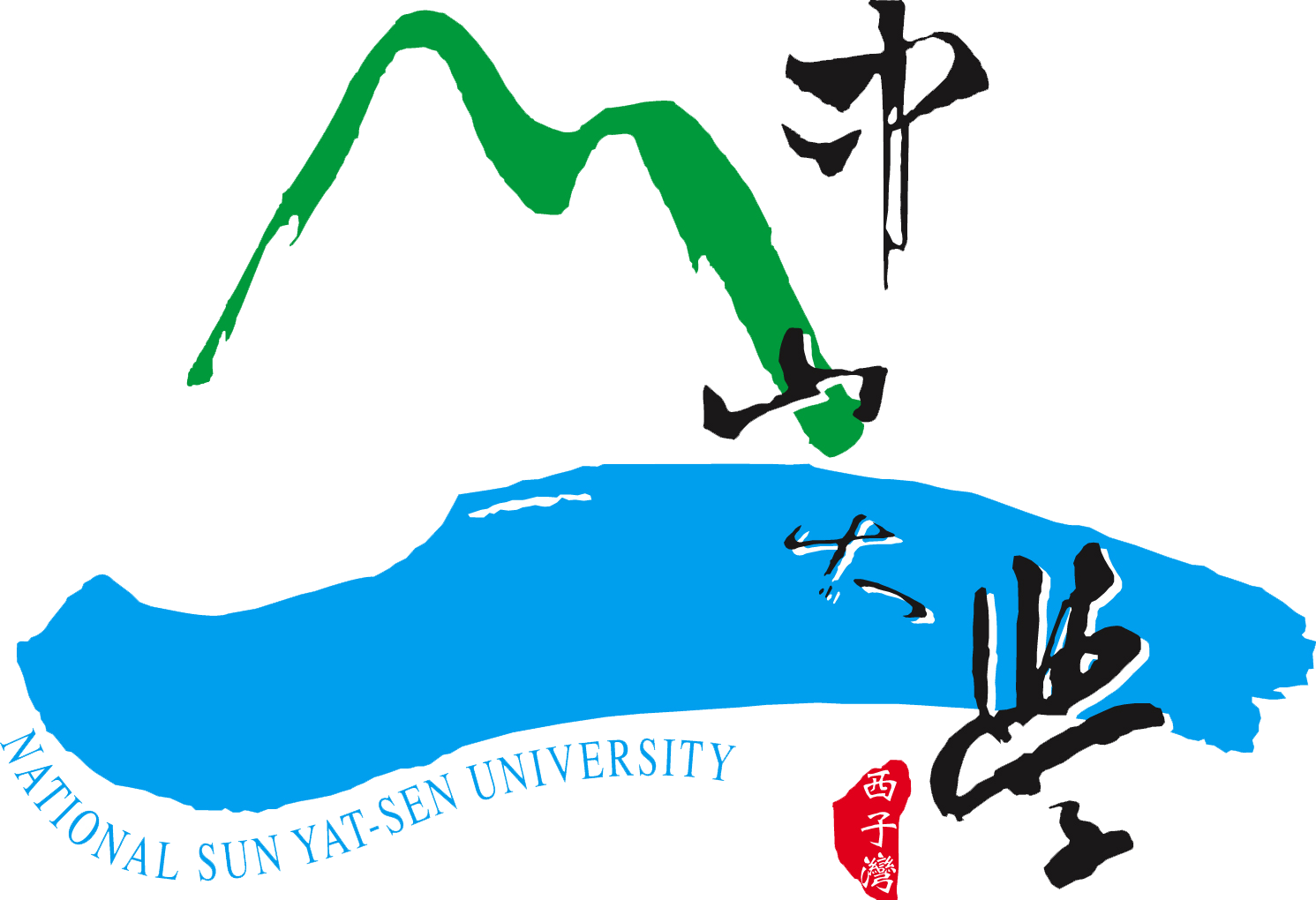Glyco-Biomedicine Lab
Research Field
Research and development with 15 years of experience in the functional study of globo-series glycosphingolipids and cancers. Adept in handling several research projects that advanced in the interaction of biological mechanisms and glycans. Can accomplish research design, experimental data analytics, investigation, and development in a wide range of therapeutic areas. Looking to leverage well collaboration, research planning, and new technique contribution skills in studying the interplay of glycosphingolipids and antitumor immunity.
I would like to bring the novel knowledge of glycobiology, oncology, and immune therapy back to Taiwan, especially the correlation between cellular biochemistry and glycoscience. In my current research, we found that the tumor cells not only need highly glycosyl metabolism pathways for survival but also express specific glycans for promoting cancer survival signals and escaping immune cell attacks.
On the other hand, We are making an effort to enhance antibodies' effectivity and antibody-vaccinal effects by glycosyl-engineering on the Fc domain in the animal study. This modification made that human immune cells quickly recognize antibodies and increased binding affinity for ADCC(Antibody-dependent cellular cytotoxicity) or ADCP(Antibody-dependent cellular phagocytosis).
In our Lab, you will learn the below devices that would be as a tool for addressing our research and getting the skill to work in the bio-industry.
- Flow cytometry: To analyze the cell surface marker and sort out specific cell populations for further cell functional assay or interactions.
- LC-MS/MS: Profiling the cell composition and molecular and glycans sequencing.
- Laminar flow: For cell culturing and cell assay.
- Antitumor drug developing
- Animal study for tumor therapy.
- Colony technique: You will get the skill to edit the gene sequence and build up your own plasmid to transform this plasmid in an expression host (ex: E.coli)
- Protein expression and purification: You can transfect target plasmid in the mammalian cells to express target protein and purification pure protein form mixture as well.
- Confocal Microscope: To grab images from living cells or fixation cells by Fluorescence labeling.
- Immun checkpoint co-treatment
- Glycan array and lectin array: For screening the interacted glycans.
- Co-IP (by antibody or lectin pull down): To evaluate protein-protein interaction and protein-glycan interaction.
- Western blot and qPCR are used to verify protein and gene expression.
Antitumor drug co-treatment
Cancer drug development has evolved substantially, encompassing multiple sophisticated targeting approaches and novel therapeutic modalities. Central to these strategies are kinase inhibitors that precisely target specific molecular pathways essential for cancer cell survival and proliferation, while cell death pathway activators have emerged as powerful tools, particularly those inducing apoptosis and necroptosis, offering new avenues to overcome therapy resistance. DNA damage-inducing agents continue to play a crucial role by disrupting cancer cell replication processes, and antimetabolites effectively interfere with cancer cell metabolism, exploiting their unique metabolic dependencies. Natural compounds and their derivatives have gained significant attention due to their diverse mechanisms of action and potential for selective targeting of cancer cells with minimal toxicity to normal tissues. Small molecule inhibitors represent a rapidly expanding class of therapeutic agents, designed to interact with specific molecular targets critical for cancer cell survival and progression, while glycosylation inhibitors have emerged as innovative therapeutic tools, targeting the altered glycosylation patterns characteristic of cancer cells. Additionally, microtubule inhibitors serve as potent anti-cancer agents by blocking cell division processes crucial for tumor growth. These diverse approaches collectively represent the cutting edge of targeted cancer therapy, each offering distinct advantages and potentially synergistic effects when strategically combined, particularly when traditional therapies may prove insufficient or resistance develops.
Desialylation and Immune Checkpoint Therapy Design.
Dr. Carolyn Bertozzi was awarded the 2022 Nobel Prize in Chemistry. In her recent studies, she found that the sialo-glycans will inhibit the NK cell functions by negative regulatory signaling on the NK cell surface to suppress the ADCC functional activity or other positive regulatory immune attacks. However, there are no defined glycans and receptors involved in these inhibitory reactions. According to this hypothesis, our research group found that Siglec 9 plays an important receptor in interacting with sialo-glycans to suppress NK cell functions. The effect of this interaction is similar to PD1-PDL1 immune suppression. Thus, In this study, we are going to examine several approaches to block immunosuppression, such as antibody development, inhibitor, and desialylation therapy to select the best way for immune therapy.
American Association of Pharmaceutical Scientists (AAPS) member
Assistant Professor, Institute of Biomedical Sciences, National Sun Yat-sen University, 2023-present
Postdoctoral associate, Department of Chemistry, The Scripps Research Institute, La Jolla, California, 2019-2023
Postdoctoral Fellow, Genomics Research Center, Academia Sinica, Taipei, Taiwan, 2018-2019
Ph.D., Institute of Basic Medical Sciences, National Cheng Kung University, 2010-2018
2 Vacancies
Job Description
Cell culture
Cell assay (bio-functional evaluation)
Molecular biology assay
Western blot
Flow cytometry
Preferred Intern Education Level
Bachelor's degree or Master's degree
Skill sets or Qualities
Cell culture, MTT, CCK8, Western blot, ROS level measurement
Internship-related fee required by the school/institution
Interns who conduct their internship on campus must apply as visiting students at least 1 month before their arrival. They are required to pay the fees listed on this page
<https://oia.nsysu.edu.tw/p/412-1308-20683.php?Lang=en>
and complete registration/leaving procedures. Please note that NSYSU does not provide on-campus housing for visiting students. Interns will have to look for off-campus housing by themselves. Off-campus housing resources can be found on this page
<https://oia.nsysu.edu.tw/p/412-1308-20683.php?Lang=en>
